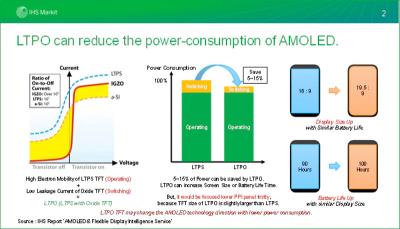As expected, Apple launched three new smartphones. The 2018-2019 lineup includes the OLED iPhone XS and XS Max and the iPhone XR which uses an LCD display.

The iPhone XS is the successor to the iPhone X - this phone sports a 5.8-inch 1125x2436 flexible notch-type AMOLED display (produced by Samsung Display), 4GB of RAM and 64/256/512 GB of storage.
The XS Max has similar specifications - but with a larger 6.5" 1242x2688 AMOLED and a larger battery. Both the XS and XS Max will ship in September 21, starting at $999 for the XS and $1,099 for the XS Max.
The basic model in the 2018-2019 lineup, the iPhone XR, uses a 6.1" 828x1792 LCD - which looks the same as the OLED and is also a notch-type display. The XR will arrive a month later then the XS and the XS Max.
Apple also launched a new smartwatch - the Watch Series 4. Compared to the current-generation Watch, the new series has a larger AMOLED display - 1.78" 448x363 on the 44 mm watch and a 1.57" 394x324 one on the 40 mm model. The Watch Series 4 will ship on September 21 for $399 (Wi-Fi) and $499 (LTE).

Apple confirmed that it is using its patented LTPO backplane technology in these new AMOLED displays. Low-Temperature Polycrystalline Oxide (LTPO) combines both LTPS TFTs and Oxide TFTs (IGZO, Indium Gallium Zinc Oxide). LTPO can be around 5-15% more efficient compared to the currently-used LTPS backplanes, but is more complicated to produce and may have a lower pixel density. See here for more information on LTPO.

LG Display was the exclusive OLED producer for all of Apple's Watch devices to date, so it is likely that LGD is also behind the current LTPO AMOLED, although it could also be that Apple switched suppliers (in that case Samsung Display is the most likely candidate).
Samsung Display is also the producer of the 5.8" flexible AMOLED used in the iPhone XS. According to earlier reports, LG Display is producing the larger 6.5" AMOLED, but this is not confirmed yet.

